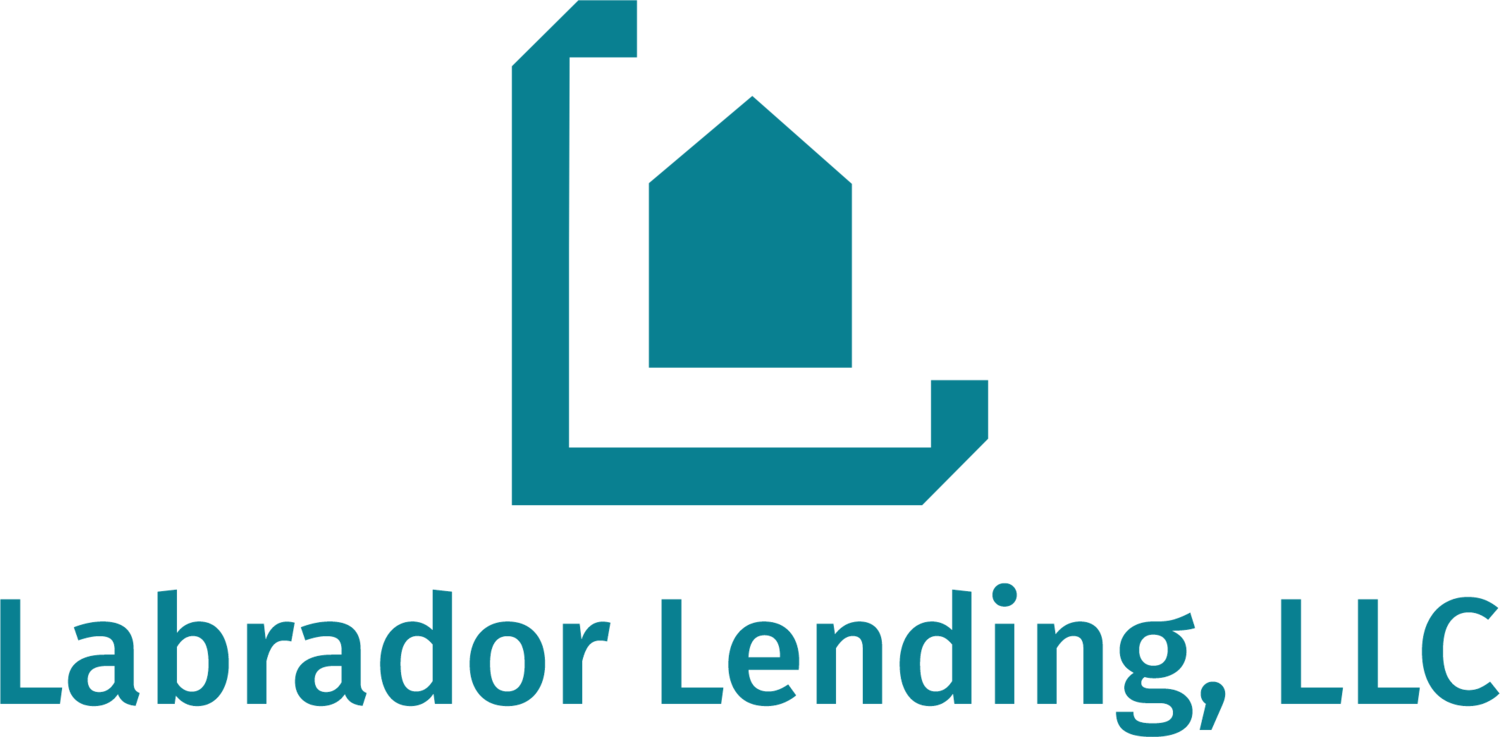Supercharge your future by investing in mortgage notes with money you already have.

What is a self-directed IRA?
A self-directed individual retirement account (SDIRA) is a type of IRA that can hold a variety of alternative investments, like rental real estate or notes. Although the account is administered by a custodian or trustee, it is directly managed or “self-directed” by the account holder.
Available as either a traditional IRA (tax-deductible contributions, tax-deferred growth) or a Roth IRA (after-tax contributions, tax-free distributions) (or even a SEP IRA for those who are self-employed), self-directed IRAs are best suited for investors who already understand alternative asset classes and who want to diversify using a tax-advantaged account.
Some sources indicate that there are over $7 billion in IRAs across the United States. However, only an estimated 1 to 2% of those IRAs are SDIRAs.
What IRA investments are restricted by law?
There are a few asset classes and arrangements that are off limits for SDIRAs:
- collectibles (art, etc.),
- S-corporation stock,
- life insurance, and
- prohibited transactions – self, spouse, parents, children.
In general, however, many people are surprised to learn just how many asset classes are allowed.

Why is note investing a great fit for an IRA?
One of the downsides to investing in notes is that notes provide very few tax advantages, if any. You are typically taxed at your ordinary income rate, or at the appropriate capital gains rate (long-term or short-term). So, investing in notes outside of a tax-advantaged account can come with a high tax bill.
This is why marrying the power of both the upside potential and safety of note investing with the tax-reducing advantages of an IRA can be a potent way to grow your retirement funds.
To read more about the advantages of note investing, click here.
How about a real-world example?
Over the years, I have invested in index funds with a Vanguard Roth IRA. By 2019, the account balance had grown to the point where I could syphon off a portion of the funds to invest into a different asset class. Since I have come to learn more and more about mortgage-note investing, I decided to open a SDIRA with Quest Trust Company and I transferred $50k from Vanguard into my new SDIRA account. I still have both IRAs.
Once I had my new SDIRA and with some money to invest, it was time to find a note, which I promptly did on Paperstac.com. For $44,500, I purchased a 1st position, performing note with an unpaid principal balance of over $66k (approximately 67% of value). This note is collateralized by a single-family home in Harlingen, Texas with an estimated property value of $75k. My IRA has held this note since May 2019 and the borrower has not missed a payment. Each month, my IRA is credited $600 with little to no work on my part.
And don’t forget, my investment is backed by real estate. In the event the borrower stops paying, I still have options. Plus, there is always the chance the borrower refinances or sells the house. In either of those cases, since I purchased the note at a discount, my SDIRA account balance would quickly jump more than $20k, all tax free.
How can I get started?
It is easier to set up a self-directed IRA than many people realize. If you have a 401k from a previous job, you can very easily convert some or all of that 401k to an IRA. You do not have to roll it over into your current employer’s 401k. Or, maybe you already have an IRA and would like to diversify away from what has been widely viewed as the traditional way to invest: stocks and bonds.
I am in no way affiliated with this website or company, but I found their FAQ section to be quite helpful.
What if I don’t have experience with note investing?
A common way to get started with note investing is to partner with someone more experienced. Often, a passive, “money” partner will combine forces with an active, “managing” partner. Please don’t hesitate to contact us if you have any interest in learning more.






